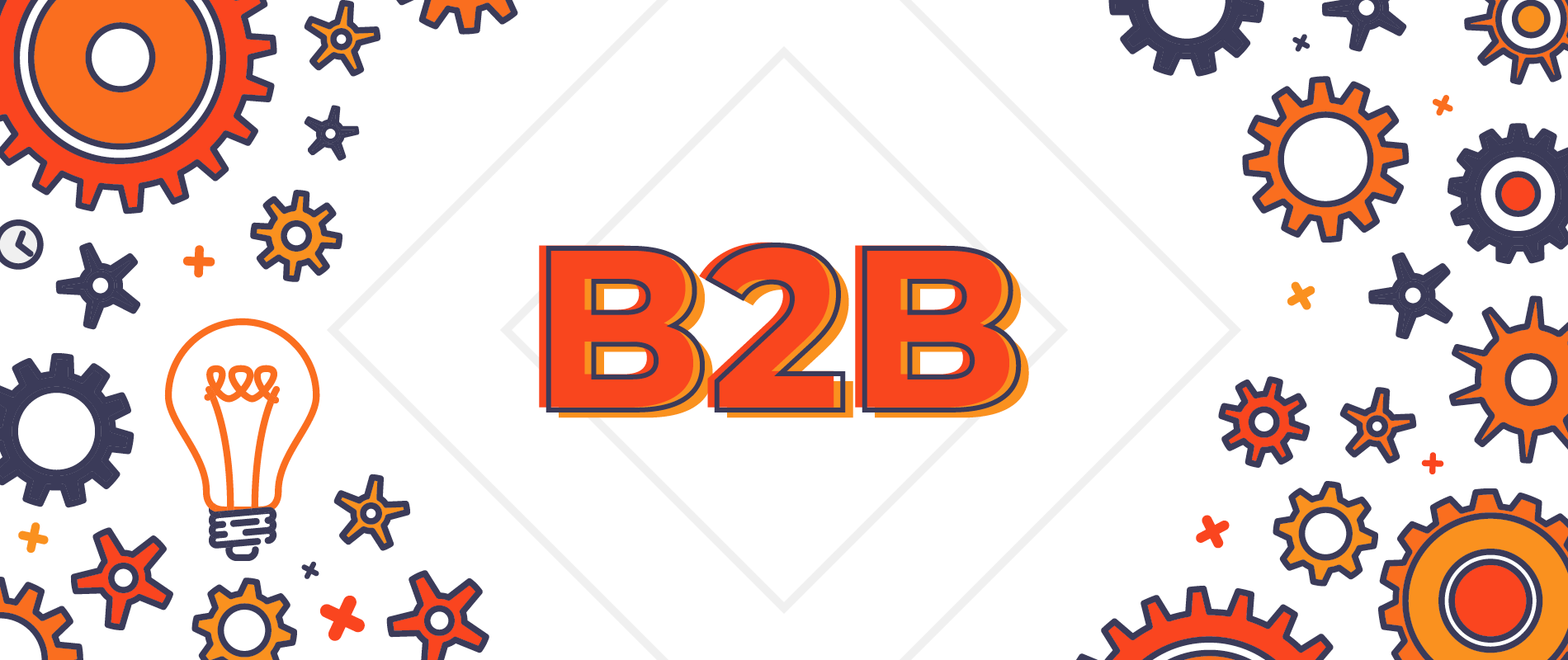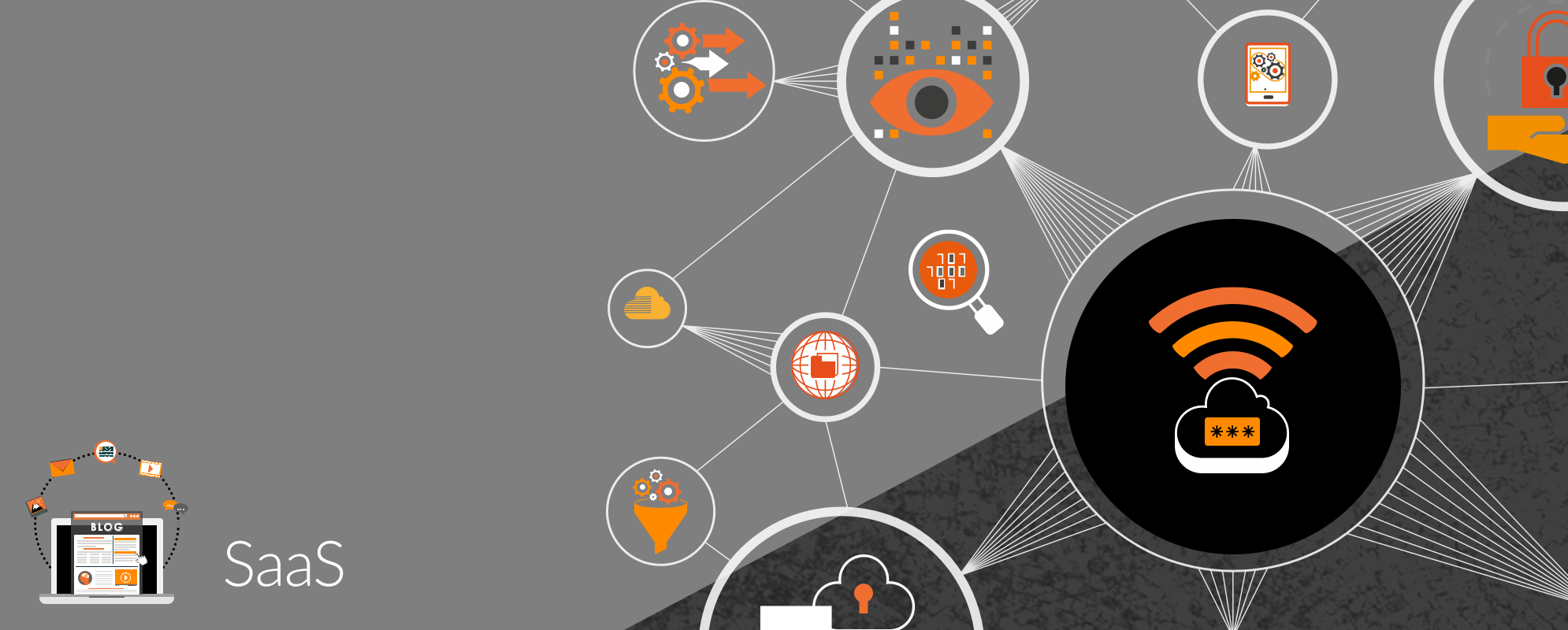
Get weekly
HubSpot updates
SaaS marketing is a formidable task. You’re working with an intangible product that’s always changing and the technical jargon involved can often obscure the core marketing message you're trying to get across to your target customer.
So, if you’re going to make a success of your SaaS business, you know you need an inbound marketing strategy, but with so much expert advice online, you may be a little bit confused as to what it actually is and how you go about constructing one.
Definition:
A marketing strategy is The Big Plan, the grand scheme, the roadmap, the overarching plot in the story of how your B2B SaaS solution reaches your target audience and turn these individuals into paying customers. It describes your value proposition, your brand's identity, the unique selling point (USP) of your SaaS, the structure of your sales funnels, and all of the information that will help you to formulate a marketing plan.
Okay, so the marketing plan is a different kettle of fish, but we’ll discuss that later.
Some companies think they have a marketing strategy, but when different members of the team are asked to explain it, you may generate a mixed response. For a SaaS business, it could be hugely detrimental to dedicate money and resources without having a set direction – and, in a highly saturated market, you cannot afford to be unfocused.
Planning
As the definition above states, your marketing strategy is at the heart of your business activity.
What is your storyline?
What are the main objectives?
Who are your ideal customers and what it their customer journey?
Where are you positioned competitively?
What are the current strengths and weaknesses of your value proposition?
How do you align your marketing plan with your sales initiatives?
This is the stage at which you ask all of these questions and do the necessary research in order to answer them.
Goals
A marketing strategy cannot exist without a defined set of long-term marketing goals. The inbound framework suggests that these need to be SMART goals:
- Specific:
You must explain your purpose on a very granular level that leaves no room for misinterpretation. - Measurable:
Specify the criteria by which you will establish whether you are progressing towards your goal or not. - Attainable:
The goal must be realistic and within your team’s scope of capabilities. - Relevant:
The goal needs to be tied to the core value proposition of your business. - Timely:
There must be a hard deadline by which the goal is fulfilled.
Conduct a SWOT analysis
Now is the time to establish what your strengths, weaknesses, threats, and opportunities are. Recognising the market advantages for your B2B SaaS solution, the potential obstacles, and your position relative to competitor companies will help you to formulate results-driven plans that generate sales.

Know your Buyer Personas
Your buyer personas are semi-fictional representations of your ideal customers. Having a defined vision of your most likely customers will help you to formulate the messaging in your content marketing initiatives, the sales strategy you apply, and the price point that's most aligned with your buyer's budget.
The way to go about identifying your buyer personas is through collecting data, conducting interviews, studying demographics, reading customer reviews and looking at current insights from your social media platforms and website.
Once you have gathered and reviewed all of this data, you will start to have a better overview of the buying habits of these individuals as well as the best communication channels to reach them through. All of this information will help you to understand the size and growth of the market you are trading in, too.
Learn more about how you can profile your buyer personas.
Analyse your competitors
B2B SaaS companies seldom operate in isolation; it’s very likely that you are up against an abundance of competitor software. But there’s so much to learn from these opponents.
What are they doing wrong?
What are they doing right?
Which areas can you compete in?
What opportunities are they missing that you could pick up?
Studying developing trends in the SaaS industry will help you to stay competitive and agile, giving you new ideas for the future and the incentive to keep improving and adding new features to your product.
Just like the SWOT analysis you conducted for your own business, you need to find your closest competitors and identify their pricing and marketing tactics, the strengths and weaknesses you can visibly recognise and how you perform relative to these.
When it comes to B2B SaaS, knowing which companies operate in your sector and finding the shortfalls in their marketing strategy is essential to helping you serve the needs of your buyers more effectively. That's because businesses are always looking for ways to optimise their budgets and gain maximum value from their tools; if your proposition significantly improves the customer's results, they won't hesitate to take up your offer.
Budget
Your marketing campaigns will not always bear the same cost; however, you do need to have an idea of your overall marketing budget in order to realistically plan for your quarterly, monthly and weekly efforts.
When looking at the big picture, here are a few of the more significant costs you need to prepare for:
Website
Investing in a powerful, navigable, well-presented website is crucial from the outset. Speak to multiple developers, ask to view their portfolios, and make sure that whoever you choose to work with will take the time to understand your SaaS business and your customer in order to create the perfect website.
SaaS B2B companies are strongly reliant on their websites for leads and sales. Customers will often search online for technical support or scope out new SaaS solutions for their needs.
Scrimping on your website could not only send out the wrong message, but it may cost you potential customers.
Digital account manager / digital marketing agency
Management of your digital assets depends on your available resources. You will have to make the call whether to hire someone in-house or decide that a digital marketing agency specialising in growth is a better option for your business.
You must factor in the cost of both these alternatives against the return on investment (ROI) you expect to receive and whether the results will be scalable. Small businesses may not be ready to invest in an external marketing resource, but mid-sized SaaS companies on the precipice of significant growth often need expert assistance to execute a scalable marketing plan.
Content will also be a crucial part of your SaaS marketing efforts. You will need individuals that specialise in video, copywriting, photography and graphic design. Staying on top of your media game ensures that your marketing strategy resonates with your target audience.
Be sure to factor in the additional costs required and whether it will be feasible to have in-house professionals or outsourced specialists.
We've achieved great results for our SaaS clients by creating a range of unique content that help to emphasise their marketing message and make it far more digestible for the potential buyer. Learn more about the power of a content strategy here.
Paid media budget
With Google continuing to wage war on click-through rates from organic search results, it’s never been more important to have a paid media budget.
There are a lot of channels you can choose to spend money with – Google Ads, display advertising, social media ads – but you won’t necessarily have to cover all of them. Identify the platforms where your target market is most active and use those channels to promote your campaigns.
Nailing your marketing strategy is the beginning of something truly great for your B2B SaaS company. It’s the act of marking the map, envisioning your journey and knowing exactly how you’re going to get there. There's something profoundly reassuring about that, for business leaders, stakeholders, employees and, ultimately, customers.
Of course, you will have to continuously analyse and measure all your marketing activities to make sure that you’re staying on course, but once you have the framework of your marketing efforts in place, the sky’s the limit.
Do you need a marketing strategy that will generate you leads?
Get your hands on our Complete Guide To SaaS Marketing

